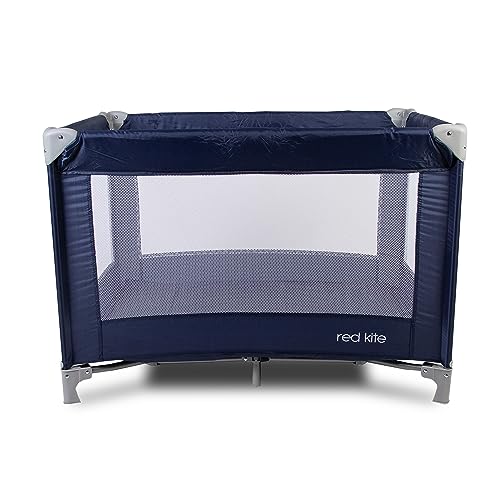How to Choose a Sale Cot
Mortuary cots are a crucial piece of equipment for funeral homes and hospitals. They permit staff to move bodies safely and respectfully. They also provide a respectful and comfortable place to rest the body.
COTS items are important in the federal market, but can be difficult to manage. This blog will provide a detailed explanation of how COTS products fit into GSA schedules, as well as other regulations governing procurement in the government.
Cost-effectiveness
The use of commercial-off-the-shelf (COTS) products allows procurement agencies to gain efficiencies by purchasing items that are readily available from the marketplace. This saves development time and reduces the cost of life. It lets procurement agencies benefit from the latest advances in technology and industry experience.
However, it is important to note that COT designations are a subjective matter and that different entities could have different lenses for interpreting what constitutes an actual COTS item. This can be a challenge for manufacturers who rely on a consistent method for calculating precise government pricing. GPOs and wholesalers for example, often have an inventory that is not identical to the list used by manufacturers to determine prices for government. A well-documented SOP and COTS reference library are critical components in implementing an efficient and consistent method for determining COTs.
Reliability
A sale cot is a vital purchase for mortuary services. It should be sturdy and reliable enough to withstand the rigors of heavy use. It should also be easy to transport and set up. The manufacturer should provide good customer service in the event of any issues after sales. Take feedback from your employees prior to making a decision. They are the actual users of the cots, and they can provide you with information about its durability and reliability.
GPOs and wholesalers frequently assign COT designations that do not coincide with the manufacturer's list of COTs. This is due to a variety of factors, including changes in business models and mergers and acquisitions. This makes it difficult to apply a subjective lens for evaluating COTS.
cribs of sale cots is vital as they must be able to withstand regular use and transport. Funeral homes often use these cots to display body remains, and they have to be able to withstand the weight of the casket and other items placed on top of them. Cots must also be resistant to corrosion and have solid construction that is simple to put together and take apart. It is also important to select a supplier that offers customer support and is able to assist with any issues that might arise following the purchase.
Solid wooden cots are the ideal option for furniture for babies because they're sturdy enough to last for a long time and less likely to be contaminated with harmful chemicals or toxic off-gassing unlike composite materials such as MDF or chipboard. They're also more attractive than other alternatives that are less expensive.
If you're looking for a cot that doubles as a lounge chair then the Westport design by Silver Cross might be the best option for you. Baby Cot Bed 's constructed of sturdy material and has three different levels of height for babies growing. The instructions can be difficult, but once you get it all figured out, this cot will serve your family well.

The Helinox Cot One is the most lightweight cot we tested, but it's not as durable as some of the other models we've evaluated. It also contains a lot of components, so it takes longer to put together than other cots. But it's extremely comfortable and is a good choice for backpackers. It's also 14 oz less than the Thermarest Luxury Lite or Sleep Rite.
Safety
If you offer cots, it is important that they meet the safety standards. This is a crucial step to avoid injuries and deaths to children. This can be accomplished by asking your supplier if their products have been tested independently. Request them to provide you with the results. You can also arrange your own test.
It is crucial to check the safety of your cot prior to letting your baby sleep in it, no matter if it's new or used. It is also important to look for warnings and labels that give information, and an official certificate from the manufacturer. It should also be free from sharp edges, protrusions or gaps which could cause injury to a child's finger or leg. There should be no footholds that children can use to get out of the cot.
Check that the mattress of a crib is clean and flat. It should be able to fit comfortably without any gaps, and the bottom edge of the lowest rail should be no higher than 30 millimetres away from the mattress base. If the cot's base is adjustable, make sure it is set to its lowest position.
In addition, ensure that the slats and filler bars are firmly fixed and don't have any tiny holes that could trap clothing. Bolts, nuts and corner posts should not be more than 5mm from the ground to prevent children from catching their fingers. Make sure the cot isn't near drapes or blinds that are loose and can easily be pulled off by tiny hands.
Finally be sure to look for a label showing that the cot has been tested according to the required standards and is compliant with Australian Standards AS/NZS 2172:2003 Cots for use in households and safety requirements. This is the only guarantee that the cot is safe and suitable for sleep. It's illegal for retailers, second-hand stores and antique stores to sell antique cots that do not have certificates or labels.
Accidents occur, even though most designers and manufacturers strive to make sure that their products are safe. Older cots that were used by children may not be safe standards and may cause suffocation or foreign body ingestion.
